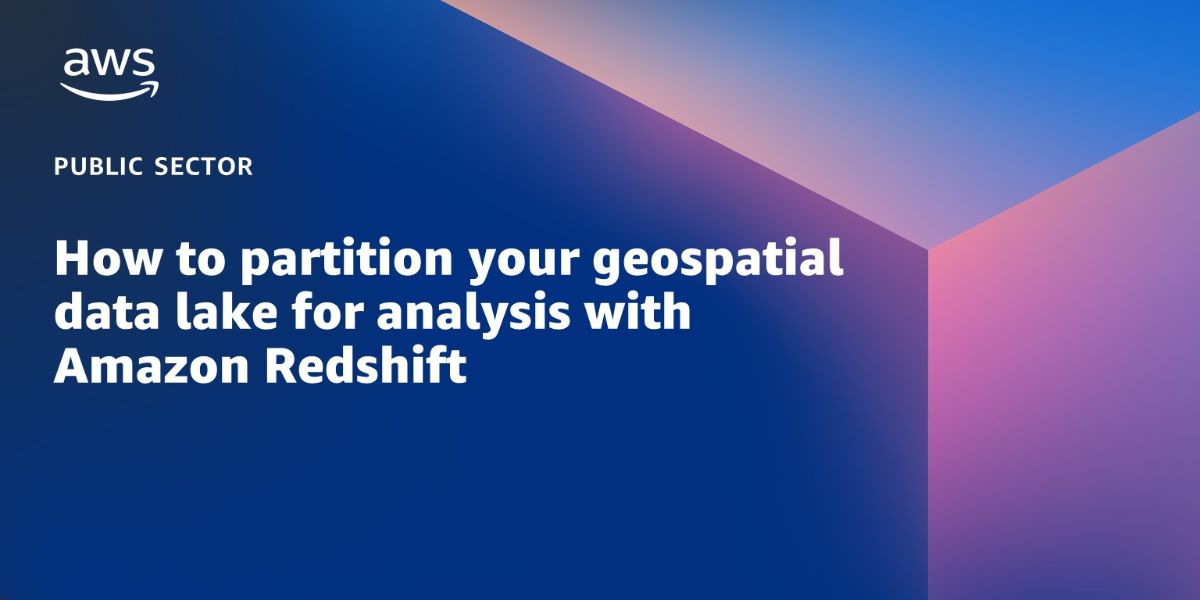AWS Public Sector Blog
Building a resilient and scalable clinical genomics analysis pipeline with AWS
At the Baylor College of Medicine Human Genome Sequencing Center (BCM HGSC), we aim to advance precision medicine and research in genomics. In that effort, we joined the ambitious All of Us Research Program funded by the National Institutes of Health (NIH) to help deliver genomic data to over one million individuals across the United States. In early 2019, we estimated that processing whole genome samples for this megaproject would imply a scale-up of over four times the production workload of our center. We used AWS to support our new pipeline demands, which saved time, reduced costs, and created new opportunities for future development.
How Carbyne’s cloud-native platform helps 911 call centers put eyes on the scene and more
Carbyne, an AWS justice and public safety customer and partner, provides 911 call handling systems, offering a cloud-native software as a service (SaaS) platform. Although any public safety answering points (PSAPs) can benefit from Carbyne’s cloud-powered solution, certain regions with hostile, remote terrain can especially benefit from improved caller location and the ability to put eyes on the scene. This is crucial, for example, in situations where people are lost or hurt in the desert, and in desert-heavy counties that form the Rio Grande Council of Governments (RGCOG). Using Carbyne improved RioCOG’s caller location from an accuracy of a few miles to within roughly 10 meters on over 85% of emergency calls.
How to implement CNAP for federal and defense customers in AWS
In July 2021, the U.S. Department of Defense (DoD) released a cloud native access point (CNAP) reference design that follows zero trust architecture (ZTA) principles and provides a new approach to access mission owner (MO) applications. The DoD’s reference design discusses four core capabilities of CNAP: authenticated and authorized entities (C1), authorized ingress (C2), authorized egress (C3), and security monitoring and compliance enforcement (C4). In this blog post, we walk through how to establish the C2 component via a virtual internet access point (vIAP) with AWS. The proposed architectures can reduce operational cost and management overhead, while improving the accessibility, resiliency, and security of mission owner applications.
How the Port of Long Beach addresses supply chain challenges with AWS
The Port of Long Beach, California is the second busiest port in the United States and needs to effectively process and oversee more than $200 billion worth of cargo each year. In addition to keeping track of items and effectively communicating with stakeholders, the Port in recent times has had to contend with shipping delays and other supply change issues exacerbated by the pandemic. To increase visibility and efficiency of cargo movement, the Port turned to AWS to pioneer an innovative solution in the cloud.
How to partition your geospatial data lake for analysis with Amazon Redshift
Data lakes are becoming increasingly common in many different workloads, and geospatial is no exception. In 2021, Amazon Web Services (AWS) announced geography and geohash support on Amazon Redshift, so geospatial analysts have the capability to quickly and efficiently query geohashed vector data in Amazon Simple Storage Service (Amazon S3). In this blog post, I walk through how to use geohashing with Amazon Redshift partitioning for quick and efficient geospatial data access, analysis, and transformation in your data lake.
Last chance to register for the IMAGINE 2022 conference for education, state, and local leaders
The IMAGINE 2022 conference presented by AWS is fast approaching, but there’s still time to register your spot. On Wednesday, August 3, 2022 at the Seattle Convention Center in Seattle, Washington, the IMAGINE 2022 conference will bring together education, state, and local leaders for a full day of learning about the latest innovations and best practices in the cloud to help transform communities. Join other mission-driven leaders for a full day of learning at this in-person event that combines thought leadership sessions, fireside chats, and networking opportunities designed to leave you with inspiration, new connections, and tangible ideas to take back to your organization or institution.
Amazon SageMaker Studio Lab helps educators focus on teaching rather than technology
The browser-based computational notebook tool, Jupyter, provides students and educators with an interactive learning environment to accelerate programming learning. But setting up collaborative Jupyter notebooks at the classroom and institutional level can be time-consuming and costly. Amazon SageMaker Studio Lab is a no-cost service built on Jupyter notebooks that takes care of the configuration and security of setting up multi-user Jupyter notebook environments – so educators can focus on teaching and learners can accelerate their journey in ML.
Advancing health equity with ET3 programs and AWS
eVisit’s role as a participant in the AWS Health Equity Initiative provided me with the opportunity to serve as a panelist at this year’s AWS Summit Washington, DC in May. I presented alongside other AWS health equity program partners to outline our collective efforts to increase access to healthcare services in underserved communities, reduce disparities by addressing social determinants of health (SDoH), and leverage data to promote equitable systems of care.
Alex’s Lemonade Stand Foundation uses AWS to advance cutting-edge pediatric cancer research worldwide
In 2017, the Alex’s Lemonade Stand Foundation (ALSF) founded the Childhood Cancer Data Lab (Data Lab) to address an important gap in the pediatric cancer field: vast amounts of accumulated data were not being put to use at scale. To address this gap, the Data Lab used AWS to build refine.bio, an openly available collection of normalized bulk gene expression data, to make public datasets interoperable and reusable.
Four ways to buy cloud with federal year-end funds
The end of the US federal government fiscal year is fast approaching. With budget left to spend before September 30, agencies need to obligate their remaining 2022 fiscal year funds. AWS can provide federal agencies with options to procure future cloud computing resources using current-year funds. Learn more about efficient purchasing recommendations to meet your agency’s needs.









